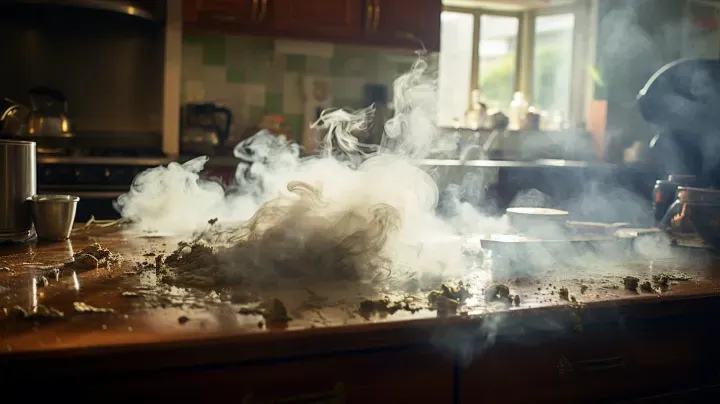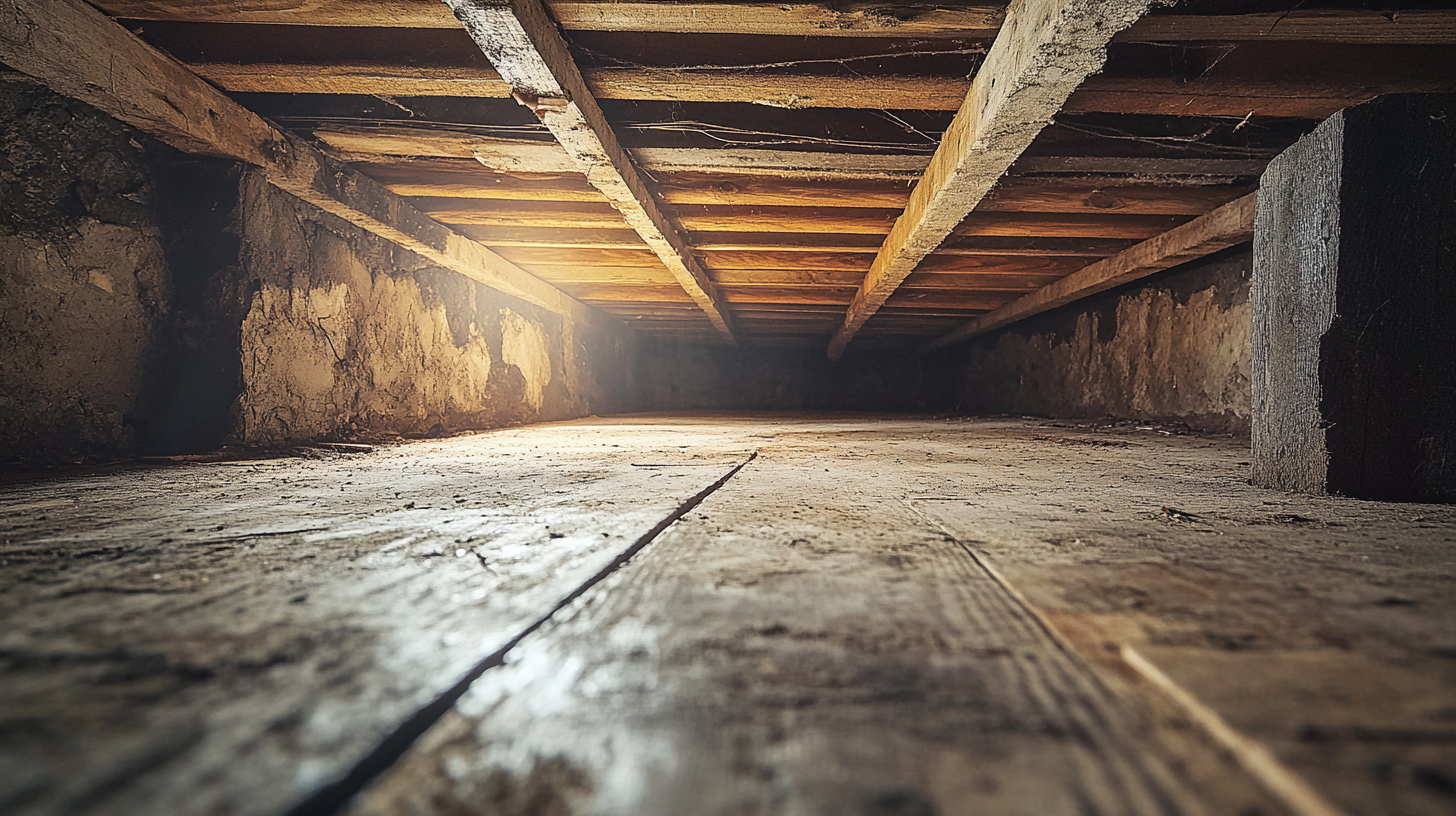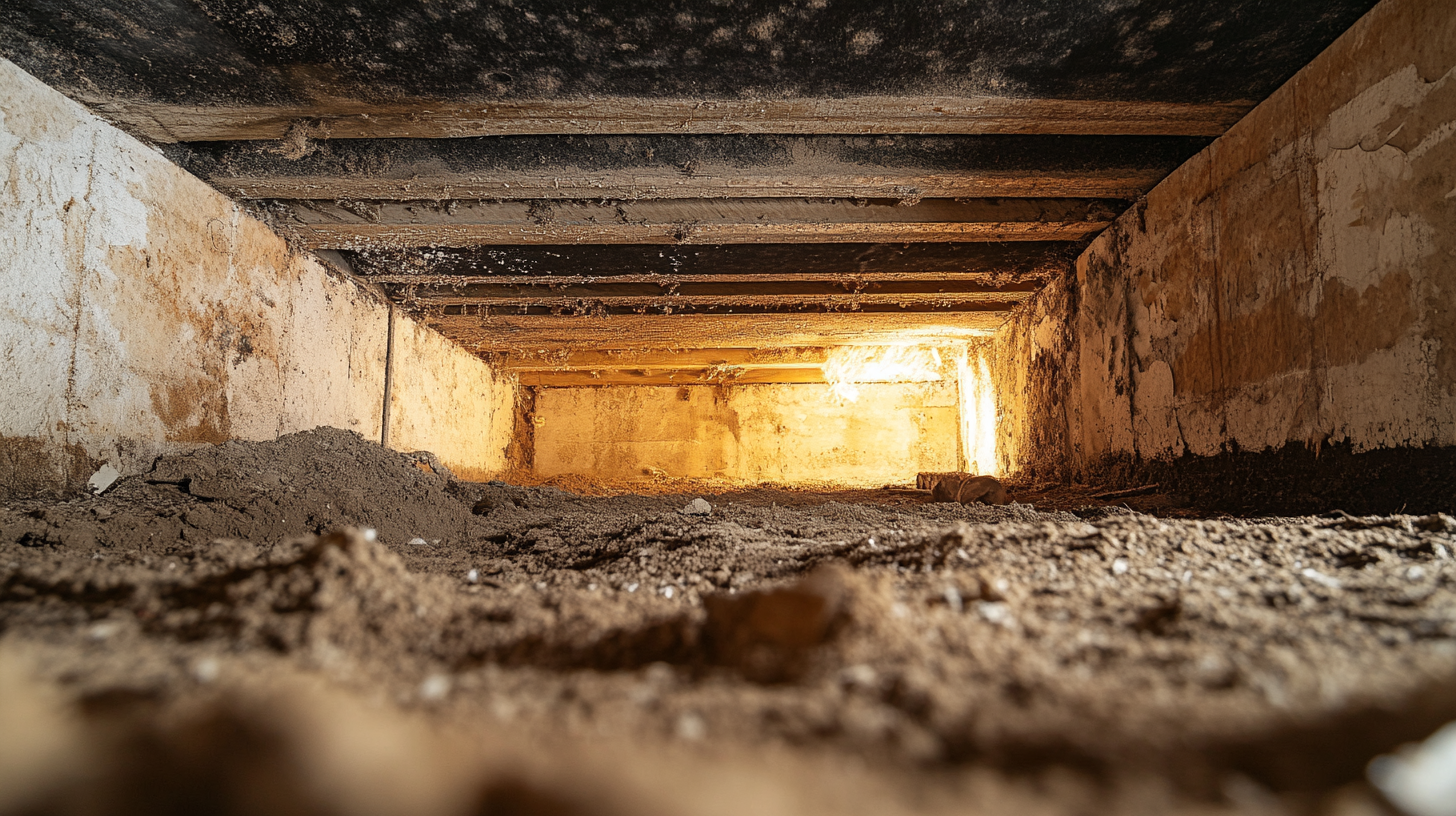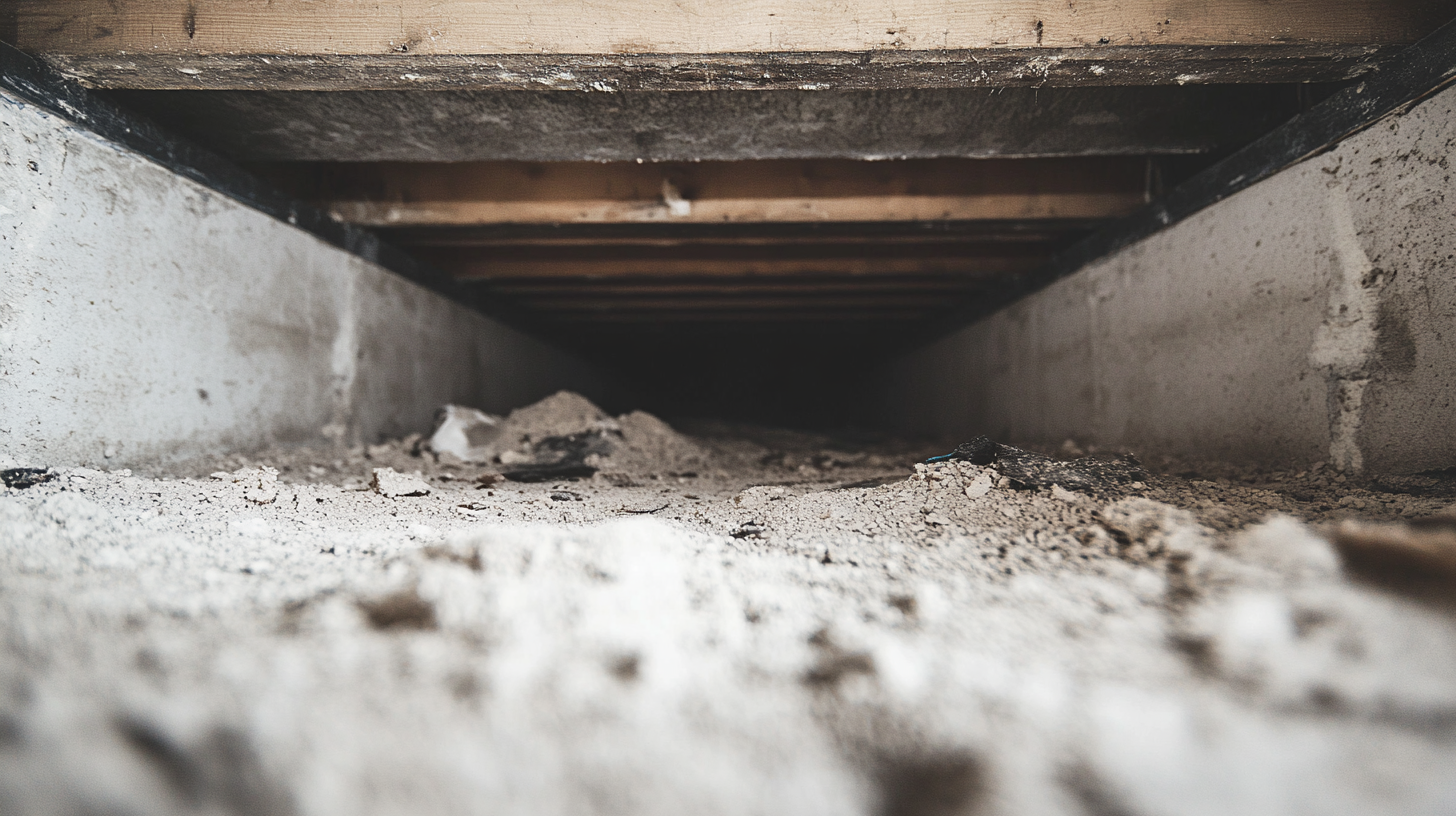Evaluating Smoke Damage Severity

In the unsettling aftermath of a fire, the invisible yet pervasive presence of smoke damage often lingers, presenting a complex challenge that extends far beyond the visible scars. Understanding and accurately evaluating the extent of smoke damage is not just a step in the restoration process; it is a crucial undertaking that significantly impacts both the efficacy of restoration efforts and the long-term health and safety of those affected.
In this blog, we delve into the critical importance of precisely assessing smoke damage. This damage, often deceptive in its subtlety, can insidiously infiltrate various materials and surfaces, leaving behind not just a residue that is difficult to clean, but also a cocktail of chemicals and particles that can pose serious health risks. The severity of smoke damage dictates the approach to restoration – a nuanced process that requires a balance between thorough cleaning, preserving the integrity of materials, and ensuring a safe, toxin-free environment.
Our focus extends to the implications of smoke damage severity, highlighting how a comprehensive evaluation is essential for making informed decisions. Whether it's deciding between cleaning, restoration, or replacement of items, or understanding the potential health risks associated with smoke exposure, the accuracy of the initial damage assessment is pivotal. It informs the strategies employed by restoration professionals and guides homeowners and occupants in safeguarding their health and property.
Join us as we explore the nuances of smoke damage evaluation, underscoring its significance in the journey towards recovery and normalcy. This exploration is not just about addressing the immediate effects of a fire; it's about ensuring a safe and healthy future in the spaces we live and work.
Understanding the Basics of Smoke Damage
In this informative section, we aim to demystify the basics of smoke damage, a common yet complex issue faced in the aftermath of fires. Our focus is to provide a clear understanding of the different types of smoke damage and the various factors that influence its severity. This knowledge is crucial for effective assessment, cleaning, and restoration processes.
Types of Smoke Damage
Explanation of Different Types of Smoke Damage:
- Wet Smoke: Describe wet smoke as resulting from low-heat, smoldering fires with a pungent odor and sticky, smeary texture. It is often more challenging to clean due to its oily nature.
- Dry Smoke: Explain that dry smoke is produced by high-temperature fires and is typically powdery and non-smeary. This type of smoke can be easier to clean but can infiltrate cracks and porous materials more deeply.
- Protein Smoke: Discuss protein smoke, which is a result of burning organic material like food. It is characterized by a strong, unpleasant odor and can discolor paints and varnishes, often without leaving visible soot.
- Other Types: Briefly mention other types of smoke damage, such as fuel oil soot from furnace puff backs or residue from synthetic materials.
Factors Influencing Smoke Damage Severity
Discussion on Factors Such as the Material Burned, Duration of Exposure, and Temperature:
- Material Burned: Explain how the type of material that burns (plastic, wood, fabric, etc.) affects the composition of the smoke and the type of residues it leaves behind.
- Duration of Exposure: Discuss how the length of time an area is exposed to smoke can impact the depth and severity of the damage. Longer exposure times generally result in more deeply ingrained and harder-to-remove residues.
- Temperature of Fire and Smoke: Describe how the temperature of the fire and the resulting smoke can influence the behavior of the smoke. High-temperature fires can cause smoke to penetrate more deeply and rapidly into various surfaces.
- Ventilation: Mention how the presence or absence of ventilation in the affected area can affect smoke damage. Good ventilation might disperse some smoke, but it can also spread residues more widely.
Initial Assessment of Smoke Damage
In this crucial section, we focus on the initial steps in assessing smoke damage, a vital process in understanding the extent and severity of the impact following a fire. Our aim is to guide you through the essential techniques of visual inspection and the use of smell and soot residue as indicators, providing a foundational understanding for homeowners, property managers, and restoration professionals.
Visual Inspection
Key Indicators to Look for During a Visual Inspection:
- Soot Deposits: Highlight the presence of soot as a primary indicator of smoke damage, which can appear as black or grey powdery substances on surfaces.
- Discoloration: Discuss how to spot discoloration on walls, ceilings, and other surfaces, which can range from yellow to brownish stains, indicating smoke penetration.
- Warped or Peeling Surfaces: Mention signs like warped wood or peeling paint, which can result from the heat of the fire and subsequent smoke damage.
Common Areas Where Smoke Damage May Be Overlooked:
- Inside Cabinets and Closets: Point out that smoke can penetrate into enclosed spaces, leaving residues and odors.
- Behind Drapes and Upholstery: Advise checking behind curtains and in the folds of upholstery where smoke particles can settle.
- HVAC Systems: Highlight the importance of inspecting HVAC systems, as smoke can become trapped in ducts, spreading residues and odors throughout the property.
- Electrical Outlets and Light Fixtures: Suggest checking around electrical fixtures, as smoke can enter these spaces and cause hidden damage.
Smell Test and Soot Residue
How to Use Smell and Soot Residue as Indicators of Smoke Damage Severity:
- Conducting a Smell Test: Explain how to perform a smell test by sniffing various surfaces and items to detect the presence of smoke odors, which can linger long after visible soot is removed.
- Interpreting Soot Residue: Discuss how the thickness and texture of soot residue can indicate the severity of smoke damage. A thicker layer of soot may suggest a more intense and prolonged exposure to smoke.
- Using Soot Patterns: Describe how to interpret soot patterns, such as streaking or webbing, which can provide clues about the movement and temperature of the smoke during the fire.
- Safety Precautions: Emphasize the importance of wearing protective gear, such as gloves and masks, when performing these assessments to avoid exposure to potentially harmful particles.
Professional Evaluation Techniques
In this insightful section, we delve into the sophisticated world of professional evaluation techniques for smoke damage. Our aim is to shed light on the specialized tools and technologies used by experts in the field, and to underscore the importance of their role in ensuring a thorough and accurate assessment. This information is crucial for anyone dealing with the aftermath of a fire, providing an understanding of the expertise and resources required for effective smoke damage evaluation.
Utilizing Smoke Damage Assessment Tools
Introduction of Tools and Technologies Used by Professionals:
- Soot Sponges: Describe how soot sponges, also known as dry cleaning sponges, are used by professionals to gently remove soot from surfaces without smearing.
- Hygrometers: Explain the use of hygrometers for measuring the moisture content in the air and materials, which is crucial in assessing water damage that often accompanies smoke damage.
- Thermal Imaging Cameras: Introduce thermal imaging cameras, which help in detecting areas affected by smoke and heat that are not visible to the naked eye.
- Air Quality Monitors: Discuss the use of air quality monitors to detect the presence of harmful particles and gases in the air, a key aspect of smoke damage assessment.
- Odor Detection Equipment: Mention the use of specialized equipment to detect and measure the intensity of odors, aiding in the assessment of smoke penetration and residue.
The Role of Smoke Damage Restoration Experts
The Importance of Involving Experts for a Thorough and Accurate Assessment:
- Expertise in Damage Identification: Emphasize the expertise that professionals bring in identifying the types and extents of smoke damage, which can often be complex and multifaceted.
- Advanced Techniques and Tools: Highlight how experts use advanced techniques and tools for a more comprehensive assessment than what is typically possible with a non-professional evaluation.
- Accurate Restoration Plan: Discuss how a professional assessment leads to the development of an accurate and effective restoration plan, tailored to the specific needs of the damaged property.
- Health and Safety Considerations: Point out the role of experts in ensuring that health and safety risks are identified and addressed, which is especially important in environments where smoke residues can pose health hazards.
- Insurance and Documentation: Mention the importance of professional evaluations in providing detailed documentation for insurance purposes, ensuring that all aspects of the damage are accounted for and appropriately claimed.
Assessing Smoke Damage in Different Areas
In this comprehensive section, we explore the nuances of assessing smoke damage in various areas of a property, focusing on the distinct differences between interior and exterior assessments, as well as the specific considerations needed for electronics and appliances. This guide aims to provide a thorough understanding of the varied impacts of smoke damage, equipping property owners and restoration professionals with the knowledge to conduct effective evaluations.
Interior vs. Exterior Damage Assessment
Differences in Assessing Interior and Exterior Smoke Damage:
- Soot Accumulation: Explain how soot tends to accumulate more heavily inside, especially on horizontal surfaces, compared to the exterior.
- Odor Penetration: Discuss the tendency for smoke odors to penetrate deeply into interior materials like upholstery, carpets, and drapes, which is less common outside.
Specific Considerations for Each Area:
Interior Considerations:
- Material Sensitivity: Highlight the sensitivity of interior materials like fabrics, wood, and paint to smoke and soot.
- Ventilation Systems: Emphasize checking HVAC systems for soot and smoke particles that can spread throughout the interior.
- Exterior Considerations:
- Building Materials: Discuss how different exterior materials (like siding, brick, or stucco) react differently to smoke and may require unique cleaning approaches.
- Landscaping Impact: Mention the potential impact on landscaping and outdoor features, including soot cleanup and plant health assessment.
Special Considerations for Electronics and Appliances
Guidelines for Evaluating Smoke Damage in Electronics and Appliances:
- Initial Safety Check: Stress the importance of ensuring that all devices are unplugged and batteries are removed before inspection.
- Visible Damage Inspection: Advise on inspecting for visible signs of damage, such as soot deposits or signs of melting or warping.
- Internal Component Check: Discuss the need for a professional assessment of internal components, as smoke can cause corrosion and short-circuiting.
- Functionality Tests: Suggest conducting functionality tests (where safe) to assess if the device or appliance operates correctly.
- Odor Assessment: Note that a persistent smoke odor in electronics can indicate internal damage and may require professional cleaning or replacement.
- Professional Cleaning Recommendation: Recommend seeking professional cleaning services for electronics and appliances, as improper cleaning can cause further damage.
Health and Safety Considerations
In this important section, we explore the role of professional services in restoring children's items affected by smoke damage. Our aim is to guide parents and caregivers in understanding when to seek professional help and to introduce the range of services offered by restoration professionals. This information is crucial for ensuring that children's items are not only effectively restored but also safe for their use.
When to Seek Professional Help
Criteria for Deciding When Professional Cleaning Services Are Needed:
- Extent of Damage: Explain that professional help is advisable when the extent of smoke damage is severe, or the item is of significant value, either monetarily or sentimentally.
- Specialized Materials: Discuss how items made of specialized materials, such as delicate fabrics or unique plastics, often require professional expertise to restore without causing further damage.
- Health and Safety Concerns: Emphasize seeking professional services if there's any concern about the item's safety post-cleaning, especially for items used by children.
- Ineffective Home Cleaning: Suggest professional services if initial cleaning attempts at home do not successfully remove smoke residues or odors.
Services Offered by Restoration Professionals
Introduction of Services Provided by Professionals for Children’s Items:
- Advanced Cleaning Techniques: Describe how professionals use advanced techniques like ultrasonic cleaning, ozone treatment, and thermal fogging, which are often more effective and safer than conventional cleaning methods.
- Specialized Equipment: Highlight the use of specialized equipment that can clean and restore items without causing damage, which is not typically available for home use.
- Odor Elimination Services: Discuss services specifically aimed at eliminating smoke odors, which can be particularly persistent in children's items.
- Safety and Toxicity Testing: Mention that professionals can test items for safety and toxicity post-cleaning, ensuring they are safe for children to handle and use.
- Consultation and Assessment: Note that professional restorers can provide valuable consultations and assessments, offering advice on what can be salvaged and the best course of action.
FAQs
Contact Fast Response Cleaning & Restoration Today!
Fast Response Cleaning & Restoration will do everything we can to ensure your experience with us is excellent.
Request A FREE Estimate
Request A FREE Estimate Form
CHECKOUT RECENT POST



Have an Emergency? We're Here to Help!
When it comes to disaster cleanup, we are a seasoned veteran in the industry and have helped hundreds of property owners just like you.
Our disaster recovery teams are available 24-7 to quickly clean up and repair disasters of all types.
